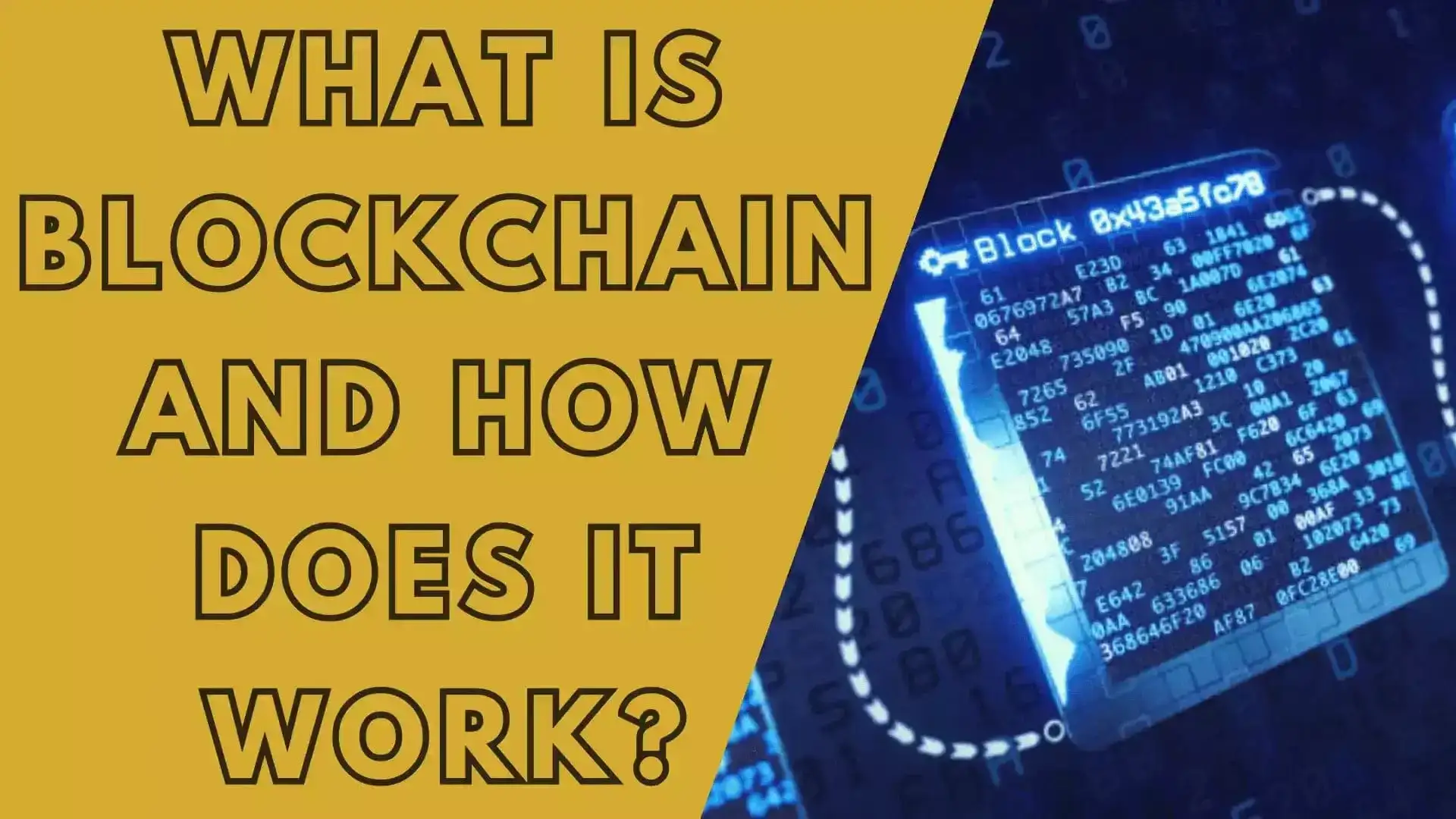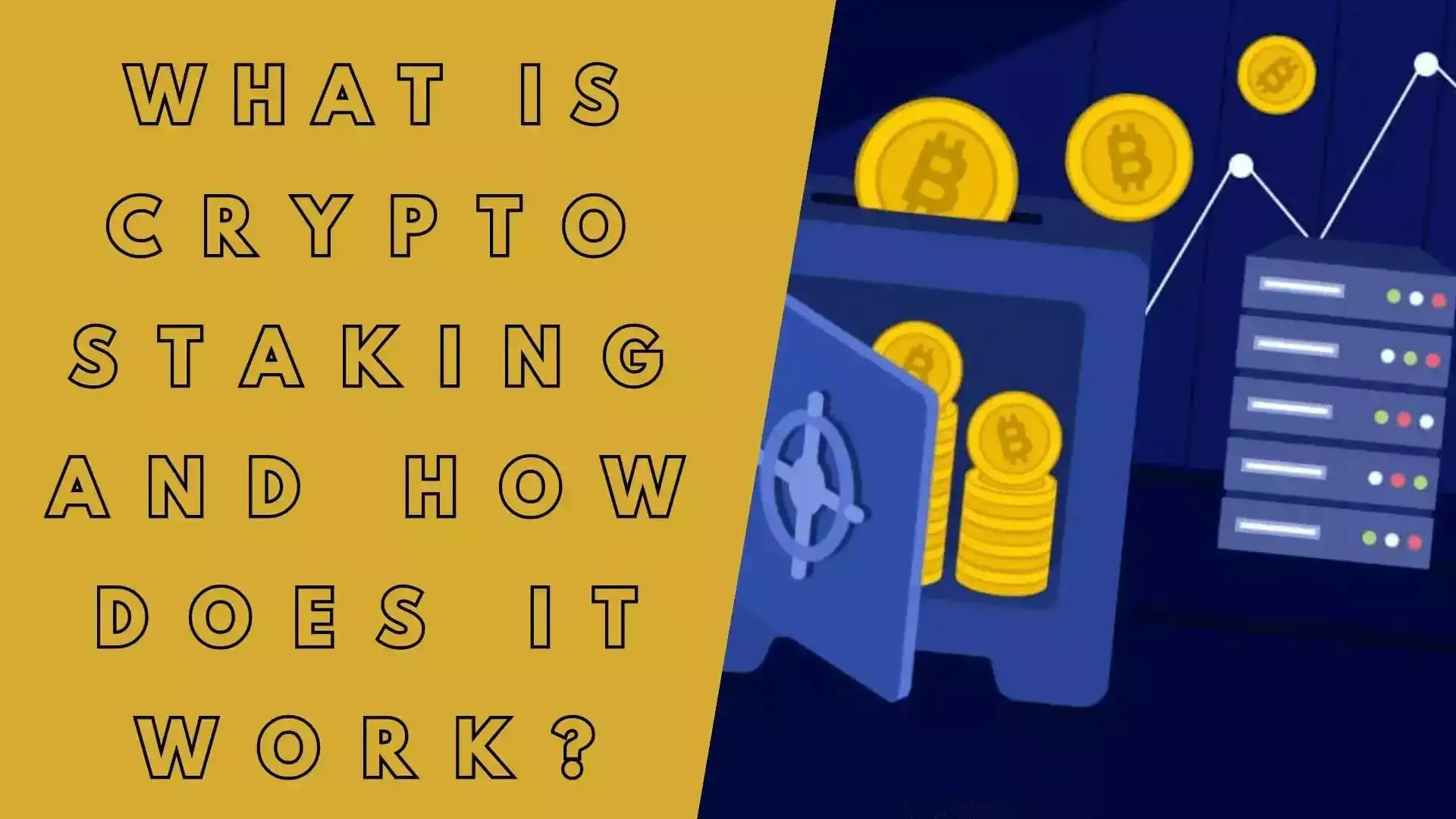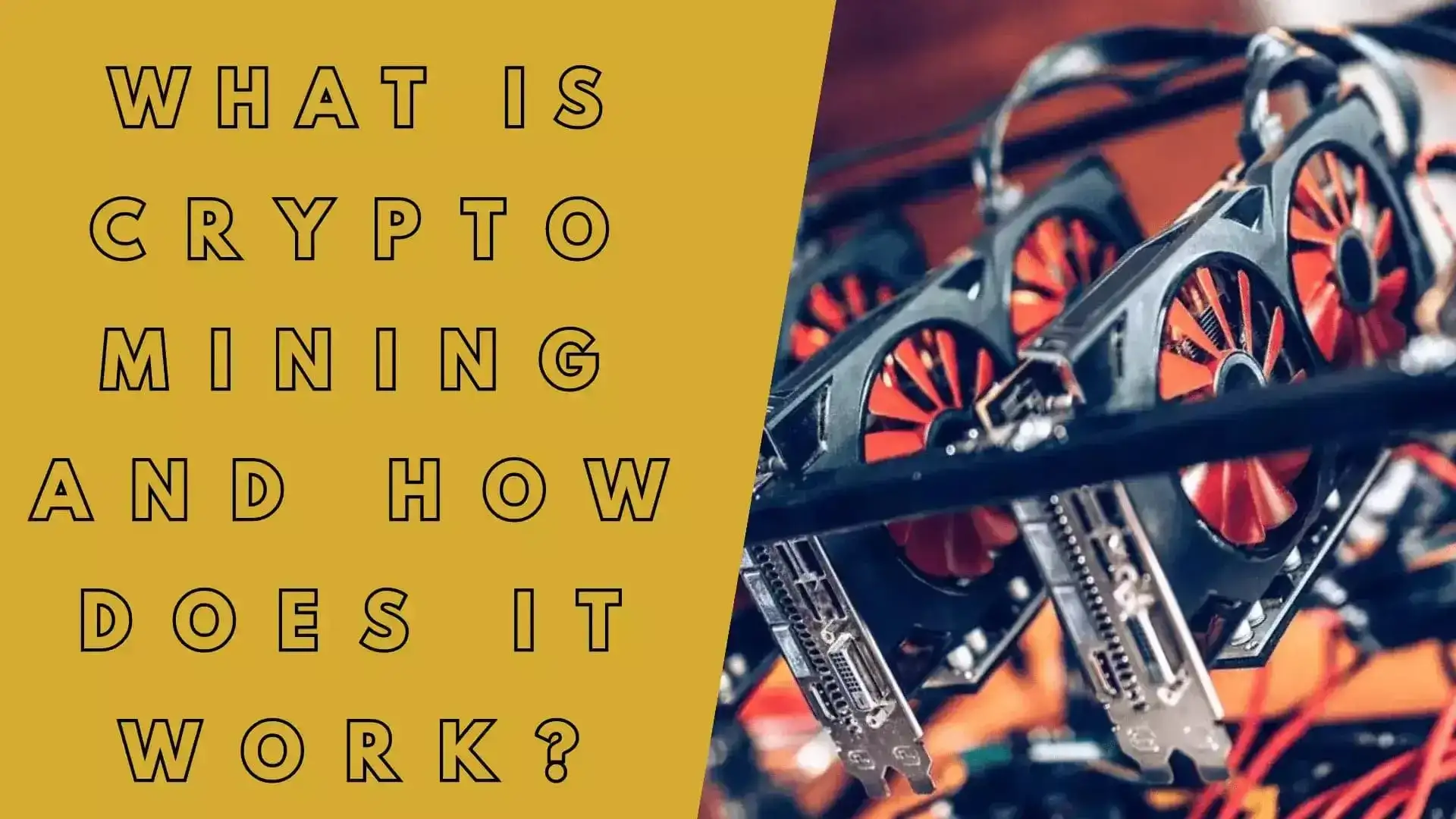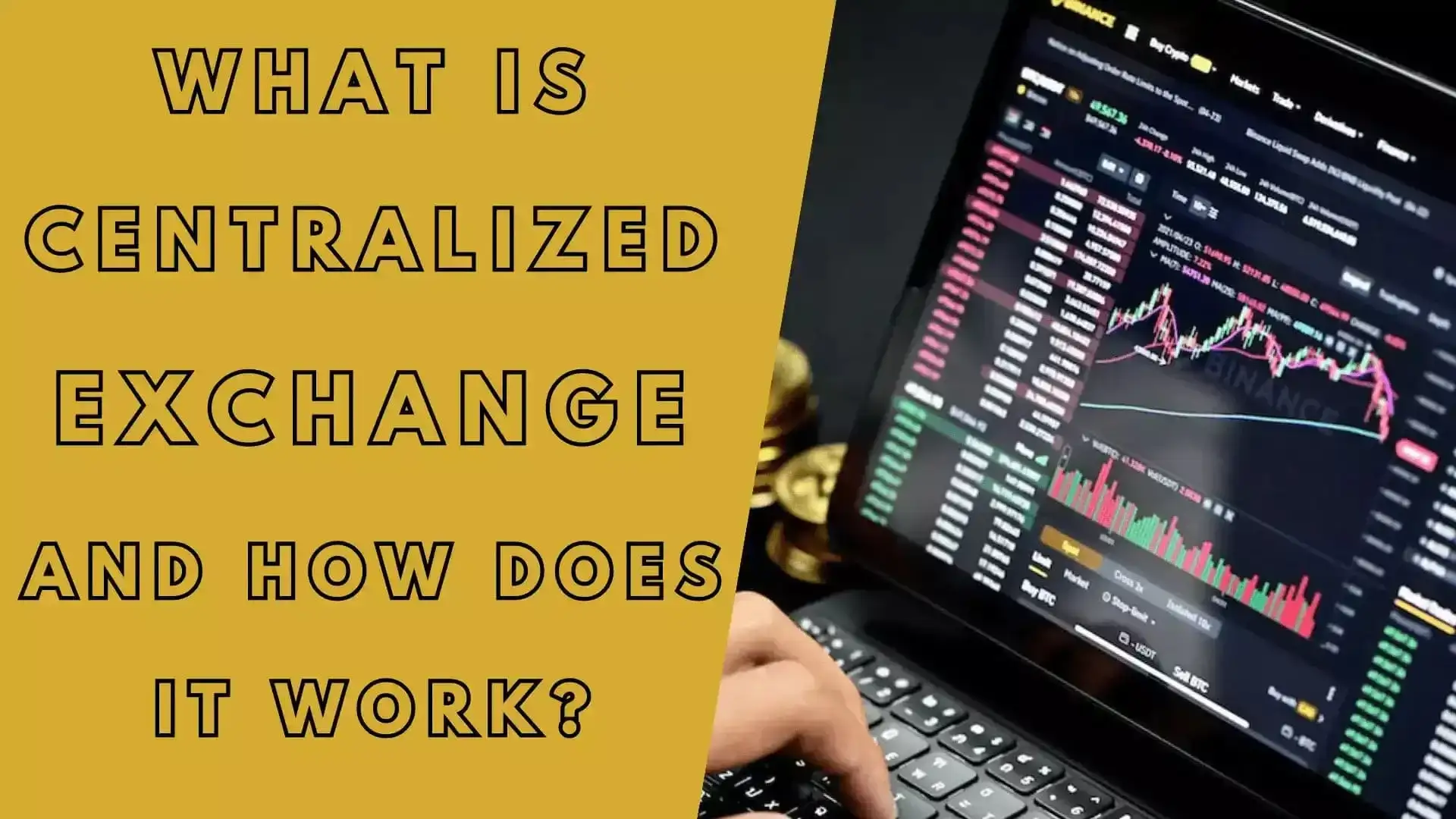What Is Blockchain And How Does It Work?
Blockchain is a decentralized digital ledger that records transactions across multiple computers, known as nodes. It was originally introduced as the underlying technology for cryptocurrencies like Bitcoin but has since found applications in various industries.
At its core, a blockchain consists of a series of blocks, each containing a list of transactions. These blocks are linked together in a chronological order, forming a chain of blocks, hence the name "blockchain." Each block contains a unique identifier called a cryptographic hash, which is generated based on the data within the block.

Posted on 24 June 2023
Here's a simplified explanation of how a blockchain works:
- Transaction: A participant initiates a transaction by creating a digital record of it. This can be a cryptocurrency transfer, a contract, or any other form of data that can be stored digitally.
- Verification: The transaction is broadcasted to the network of nodes. These nodes verify the transaction's validity and ensure that the sender has the necessary authority and funds. The verification process typically involves consensus algorithms that allow nodes to agree on the validity of the transaction.
- Block Creation: Once the transaction is verified, it is combined with other validated transactions to create a new block. This block is added to the existing blockchain and becomes part of the permanent record.
- Cryptographic Hash: Each block contains a unique cryptographic hash, which is a digital fingerprint of the block's data. The hash is generated using complex mathematical algorithms that ensure the integrity and security of the block.
- Linking Blocks: The newly created block is linked to the previous block in the chain by including the previous block's hash in its data. This creates a chronological order, making it difficult to alter or tamper with previous blocks without affecting the entire chain.
- Consensus: Consensus mechanisms, such as proof-of-work (PoW) or proof-of-stake (PoS), are used to ensure agreement among the network participants about the validity and order of transactions. These mechanisms prevent malicious actors from controlling the network and maintain the integrity of the blockchain.
- Decentralization: Blockchain operates in a decentralized manner, meaning there is no central authority controlling the entire network. Instead, all participating nodes have a copy of the blockchain and work together to validate and maintain the system. This decentralization ensures transparency, security, and resilience against single points of failure.
- Security and Immutability: As new blocks are added to the chain and linked together, the blockchain becomes increasingly secure. Changing the data in a previous block would require altering the data in all subsequent blocks, which is computationally expensive and practically infeasible. This property makes the blockchain highly resistant to fraud and tampering.
How Blockchain Works
- New transactions are broadcasted to all nodes on the network.
- Miners or validators collect these transactions and verify their authenticity.
- Verified transactions are grouped into a block along with a hash of the previous block.
- The block is added to the blockchain, and the hash of the new block is calculated.
- Consensus mechanisms ensure agreement among the nodes that the new block is valid.
- Once consensus is reached, the block is appended to the blockchain, and the transaction is considered confirmed.
- The process continues, creating a chain of blocks containing all the recorded transactions.
Applications of Blockchain
Blockchain technology has various applications beyond cryptocurrencies:
- Supply Chain Management: It enables tracking and verifying the movement of goods throughout the supply chain.
- Smart Contracts: Blockchain can execute self-executing contracts based on predefined conditions without intermediaries.
- Decentralized Finance (DeFi): Blockchain platforms facilitate decentralized financial services like lending, borrowing, and trading.
- Identity Verification:It can provide a secure and tamper-resistant digital identity verification system.
Overall, blockchain technology provides a transparent, secure, and tamper-resistant method for recording and verifying transactions. It has applications beyond cryptocurrencies, including supply chain management, healthcare, finance, voting systems, and more.




